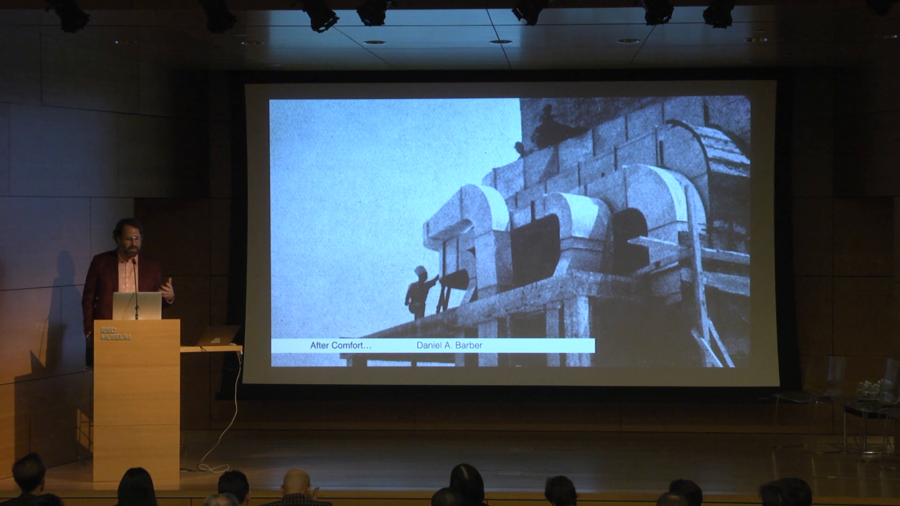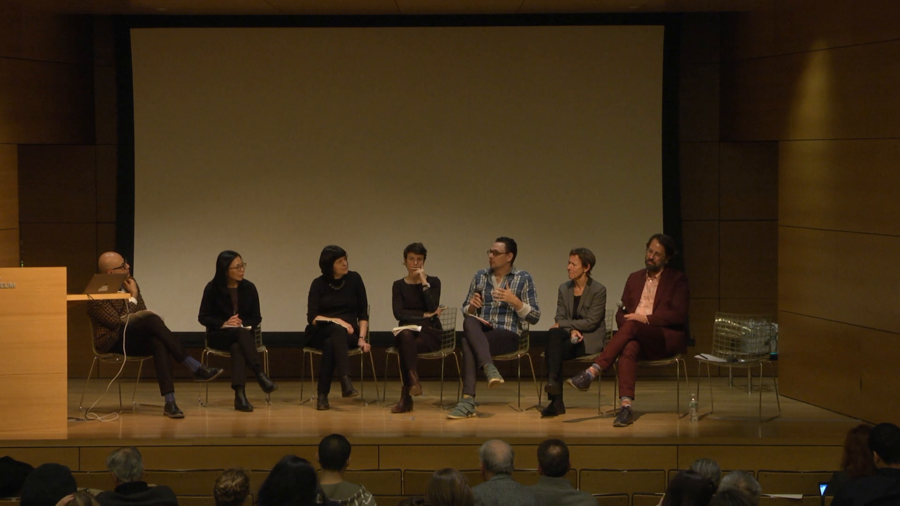Latour spent his career, or has spent his career arguing that scientific facts need to be seen as a product of scientific inquiry. In his terms that they’re networked, meaning that they stood or fell not on their strength or inherent veracity but on the strength of the institutions and practices that produced them. And so, in a panel session that’s discussing architectural futures, I wanna ask how we can address roles of our institutions and practices in shaping these future realities.
Daniel A. Barber

After Comfort
in Climate Futures II: Design Politics, Design Natures, Aesthetics and the Green New Deal
Comfort, like capital, is unevenly distributed—not everyone gets to have the same amount. When you have it, it’s hard to let go. It’s even harder to convince someone to give it up—and I think this is a major challenge we’re facing. Comfort feels normal, expected, obvious—deserved.

